Pierce Brosnan Reveals New Look With Bald Head, Leaves Fans Calling Him “Unrecognizable”

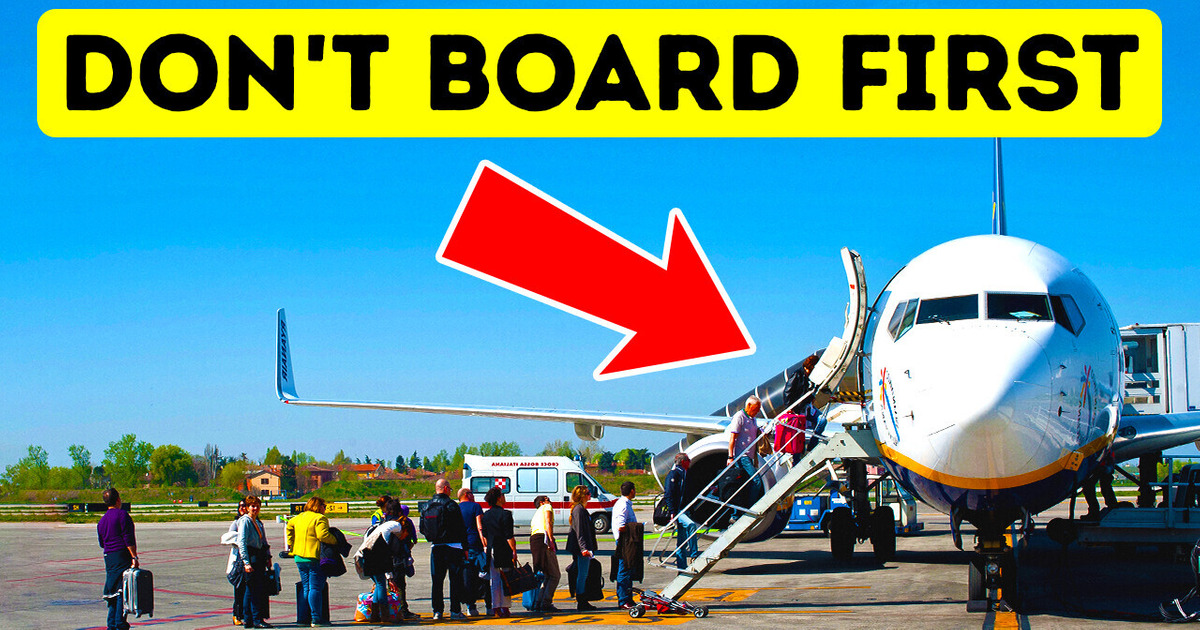
Flights and airports are not always associated with comfort and pleasure, unless you are the owner of a private jet. There are many tips and tricks that can make your flight to any point in the world comfortable and easily accessible. For example, there is a simple trick that might save yourself from an awful jetlag if you are flying at a long-distance trip.
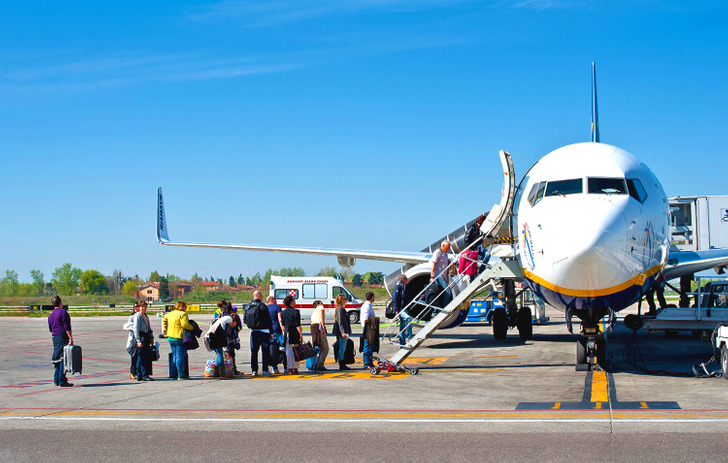
It is not bad to get on an airplane faster than anybody else. The only negative is that you end up sitting in the enclosed space of the aircraft for much longer. You basically waste 15-20 minutes of time that you could have spent in the waiting area of the airplane talking to your friend or talking on the phone with your partner.
Sometimes airplane food might not be the best quality our there or even worse, it can be really bad. If both passengers and pilots eat the same thing, they can all feel terrible at the same time. To prevent both of them from being out of order, pilots are advised not to eat the same meal at the same time. In such a scenario, if one pilot feels bad, the other one can take over.
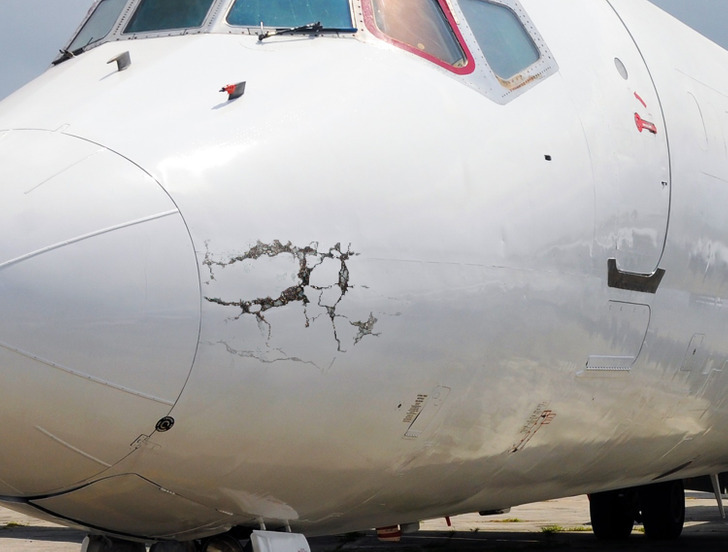
Planes are nearly always painted white and there are several reasons for this:
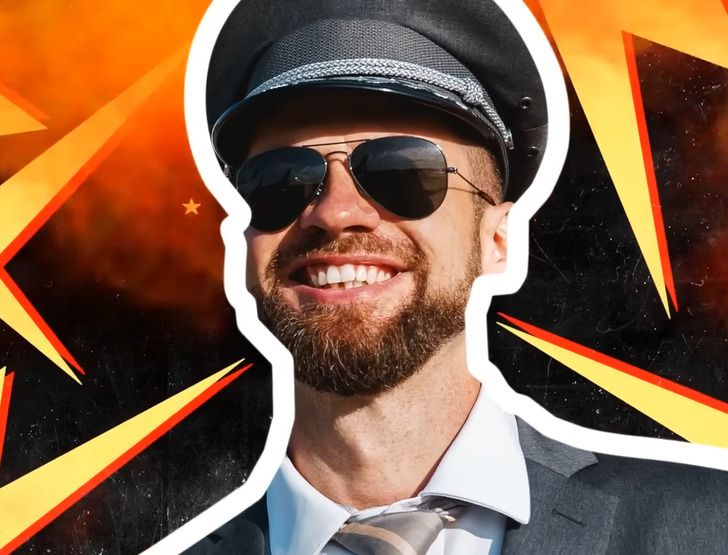
Aviator sunglasses look cool on pilots in movies, but in real life, they don’t wear polarized glasses. First off, they have a glare-reducing effect. This can cause some trouble in the cockpit. A pilot has to read instruments. But the stuff in the cockpit, such as LCD displays, emits polarized light.
So a pilot with those cool polarized glasses can’t read the displays with 100% efficiency. Pilots shouldn’t wear these glasses simply because of safety concerns. Imagine a shimmer of glare coming from another plane’s windscreen, but the pilot missed the sign because of polarized sunglasses.
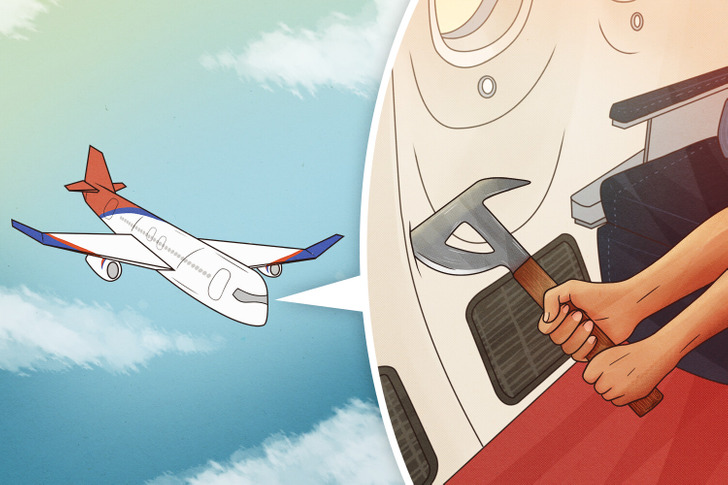
Although it is hidden from the passengers, pilots have a crash axe at their disposal that they can use either for opening panels to fight a fire, or to break a window, if it is necessary. It could also come in handy when they need to survive in an unfriendly environment, like a jungle.
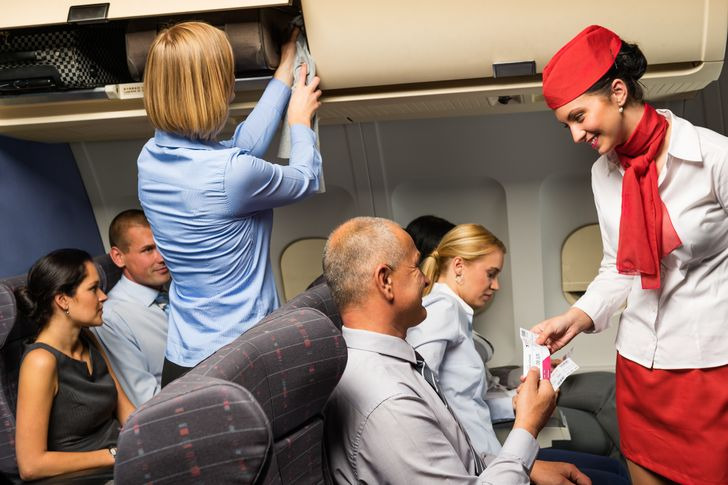
If you want to get business class service when you have an economy class ticket, you have to be polite and nice to the flight attendants, use their names when talking to them, and smile at them. Flight attendants say that they are happy to move people to business class for free if they like a certain passenger and if they have a free seat.
Once upon a time, plane windows were square. But the pressure built up in the corners of such windows, making them ultimate weak spots. This means that each square window had four weak spots.
This made them likely to crash under the enormous stress of high altitudes. Luckily, making airplane windows curved solved this problem once and forever. Such a shape distributes the pressure and reduces the likelihood of cracks or any other damage.
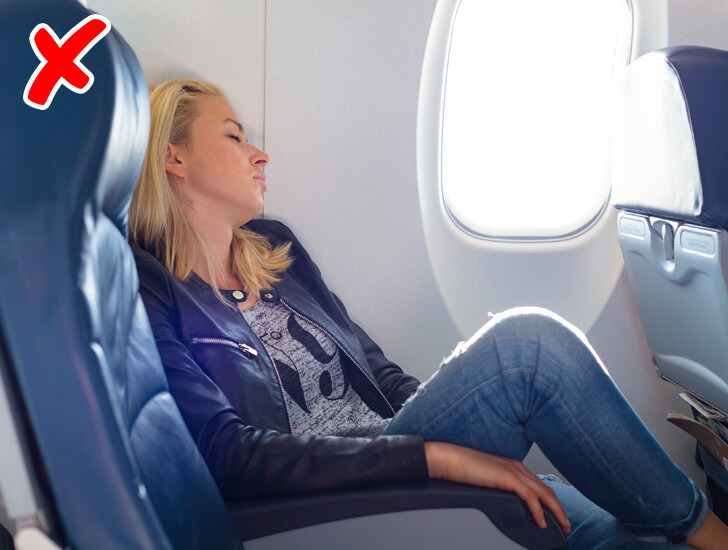
Experienced flight attendants recommend choosing a flight so that it arrives at the destination in the evening, at about 4 p.m. This way, you will have enough time to get to the hotel, take a shower, have dinner, and go to bed.
If you are going to fly East, 3 days before the flight, try to go to bed and wake up earlier than usual. When boarding the plane, set your watch to the time of your destination to make your brain start to get used to the new time while you are flying.
Airplanes can operate with one engine, even during take-off and landing! Both engines failing simultaneously is almost unheard of. But even then, a plane wouldn’t drop from the sky like a rock. Pilots would have up to 20 minutes to find a suitable place to land.
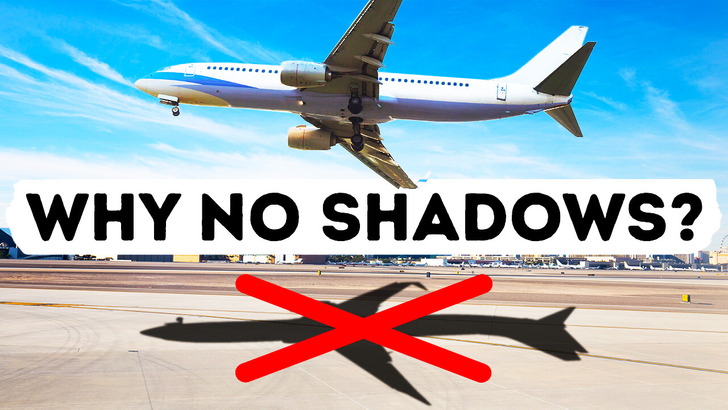
Actually, airplanes do cast shadows but we don’t really seem these shadows as the airplane is flying above the ground. That is because airplanes fly so high that a shadow is impossible to be visible. However, you can see the shadow of a plane during takeoff and landing. You should also keep in mind that airplanes are too small if we compare them to the size of the sun, so its shadow is too small anyway.
Some airlines don’t allow pilots to have beards. The thing is, facial hair may stop the oxygen mask from fitting securely on the pilot’s face and operating properly. In case of an emergency, pilots must stay conscious to be able to save people’s lives.
Sometimes airplanes can be super scary and uncomfortable and oftentimes solo travelers are asked to move seats so a family can sit together.











